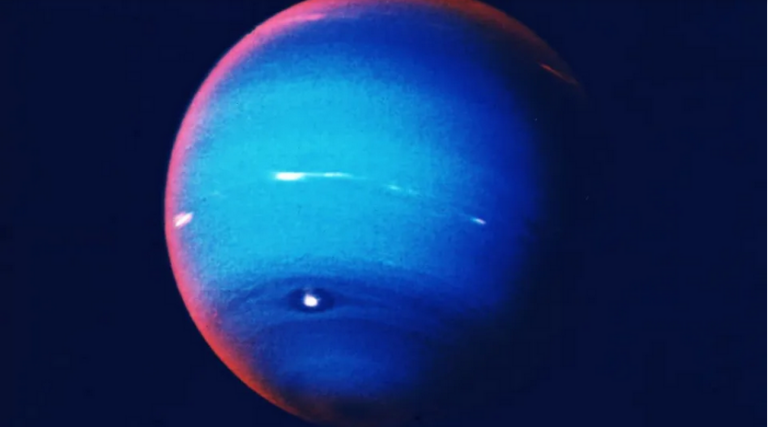Scientists have warned that if a passing star moves Neptune’s orbit by just 0.1 per cent, the resulting chaos could cause the other planets in our solar system to collide.
The research, presented in Monthly Notices of the Royal Astronomical Society, suggests that a “stellar flyby” – a relatively common occurance in the universe – could be enough to sent the other planets crashing into each other.
It is possible that if Mercury and Jupiter’s perihelion – the point at which the planets reach closest to the Sun – fall in sync, two possibilities could occur. Mercury could be pulled out of its orbit and either shoot out of the Solar System or head on a collision course with Venus, the Sun, or the Earth.
These changes will happen over millions of years, but the researchers simulated the situation around 3,000 times.
In nearly 2,000 of them, 26 ended with the planets smashing into each other, or Uranus, Neptune, or Mercury being ejected from the Solar System completely.
“The full extent that stellar flybys play in the evolution of planetary systems is still an active area of research. For planetary systems that form in a star cluster, the consensus is that stellar flybys play an important role while the planetary system remains within the star cluster”, Garett Brown, a graduate student of computational physics from the Department of Physical and Environmental Sciences (PES) at the University of Toronto, told Universe Today.
“This is typically the first 100 million years of planetary evolution. After the star cluster dissipates the occurrence rate of stellar flybys dramatically decreases, reducing their role in the evolution of planetary systems.”
Moreover, considering that the Sun is likely to expand and engulf the planet in five billion years, the likelihood that this will disrupt our experience in the Solar System is “not an issue we need to worry about,” said Brown.
Source: The Independent
Ask me anything
Explore related questions





